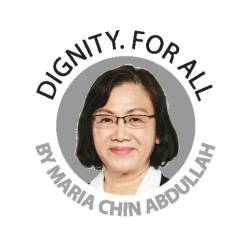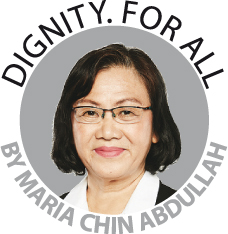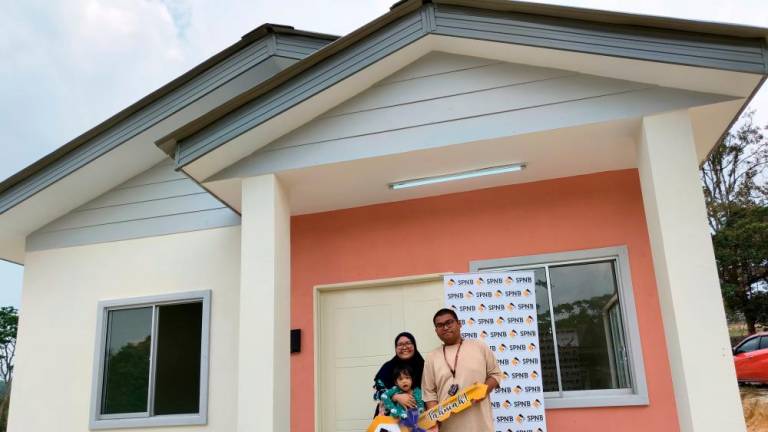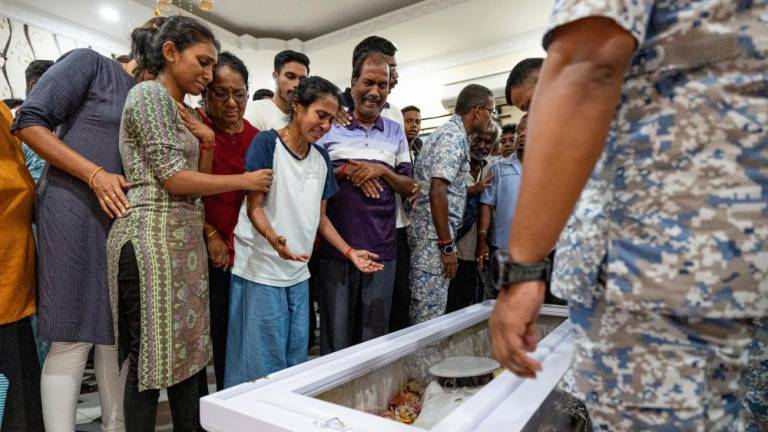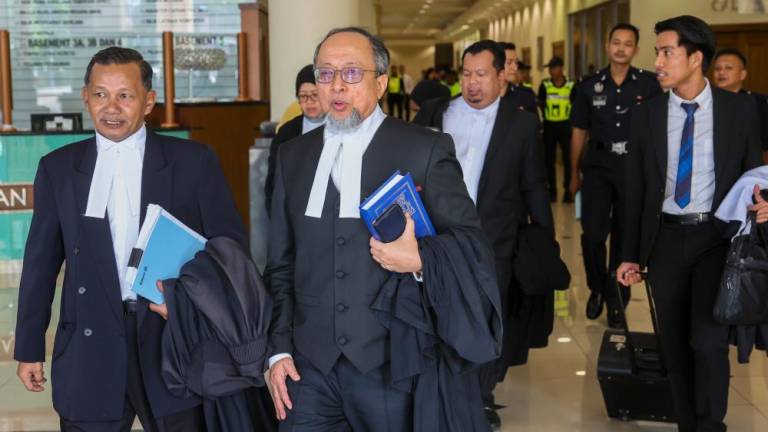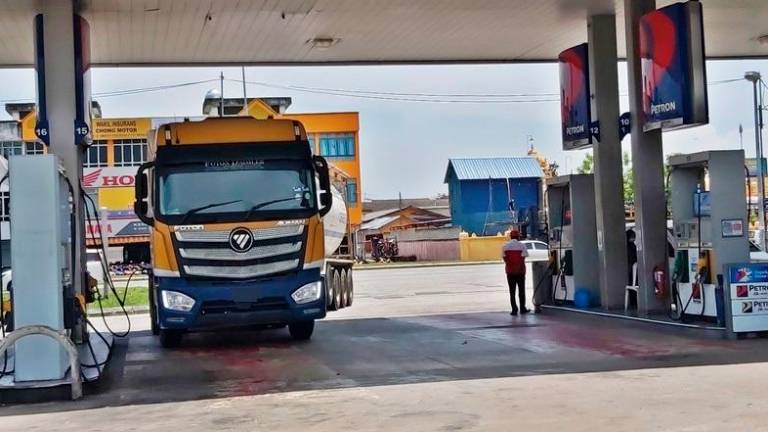HAVING a house is more than just about having a place to stay. A house offers you security and a place where you can live in comfort and security.
However, for the urban poor living in dilapidated buildings, their neighbourhoods are a far cry from the image of the safe, affordable and resilient communities put forward by the sustainable development goals.
Many low-income apartments in Petaling Jaya are barely 20 years old and are already in a state of decay with broken lifts, damaged playgrounds and halls, potholed roads and walls with peeling paint.
Meanwhile, money is a constant problem as joint management boards struggle with poor management leading to uncollected maintenance fees and resulting in frequent water cuts due to unpaid bills.
But the problem is not just structural. When asked what she hoped to see change, Noraida, a mother of five told my office that she hoped to see her children grow up in a safe environment. She said that she lived in constant fear that her children might be influenced by one of the drug pushers, gangsters and criminals in her neighbourhood.
The 11th sustainable development goal is to create sustainable cities and communities.
It is time that we move towards this by asking how we mitigate the inequalities and disparities in our society that are preventing the urban poor from taking part and being included in the development our cities.
Creating a caring community
The heart and soul of any community are its people. There are good and caring leaders in every community but how do we identify and empower these individuals with the knowledge and tools to create change within their own community.
The president of the residents association of Taman Medan Cahaya Block B is an example of a dedicated and respected community leader who has taken the initiative to uplift the residents. Ever since he moved into his neighbourhood, Fuad has gone all out to get the residents of his apartment block together.
He frequently engages residents by organising talks, classes and activities, and has also used these activities to get the local council and elected representatives to take part in the area.
Since becoming member of Parliament, my office has been able to run many community programmes for the residents including a successful health programme that has managed to promote healthy living among the urban poor.
The community leadership has been instrumental in allowing my volunteer team and me, who are from outside the B40 community, to build stronger relationships with the residents.
It is important to build the capacity of local leaders from these communities. My office has run several community programmes in Desa Mentari that target potential community leaders to provide them with the knowledge and skills they need to solve local issues.
We started with property rights and helping local leaders know the functions of the joint management boards, commissioner of buildings, local council and elected representatives. Next, we got them to design and run their programmes in their local communities.
We also run a childcare workshop for low-income women in the Lembah Subang Peoples’ Housing Project. This enabled the women to start their own childcare centres.
Government agencies and NGOs must work on improving the capacity of local leaders to contribute towards their community and not just provide for their individual economic needs.
Accessibility and social inclusion
Accessibility has two elements. The first is the accessibility of residents to infrastructure, information and communication,which includes internet access, and access to public facilities. Cities like Avila in Spain, Salsburg in Austria and Berlin in Germany have pursued polices of accessibility which include providing pedestrian crossings, accessible infrastructure for public buildings and open spaces, and in the creation of a modern transport network.
One example of success is Berlin’s concept of a “Design for All – Public Open Space” that created a playground concept where children including those who are disabled can take part and play with other children.
Accessibility for disabled persons from poor income families in Malaysia is very bad, and many often end up trapped in their homes without any means of access to public services.
Improving urban housing cannot be done if we do not allow for a more participatory and inclusive discussions from all sides.
Capacity for the urban poor to take part in urban planning is always an issue in many developing countries and Malaysia is no exception. If we look at transport in Petaling Jaya for example, despite there being a free bus service and although it is supposed to serve high-density areas like Desa Mentari and Taman Medan, buses are unable to reach the residents due to the extremely narrow roads lined with parked cars.
Bus routes do not offer a direct connection from urban poor areas to public facilities such as the hospital and are a few connections away from train stations.
Aside from revamping the transport system, we must also improve access to jobs and services by creating development that is walkable and transit-accessible.
It is near impossible to survive in many areas even within the Klang Valley without a car. There is no quick or direct way to get from Old Town Market in Petaling Jaya to TTDI Jaya at the other end of my constituency using public transport.
We need to connect housing to transit to ensure low-income families do not end up having to stretch their resources on the long commute to work.
The need for policy guidance
The government needs a multi-dimensional approach to creating sustainable communities, it not just enough to increase the economic capacity of individuals without also looking at issues such as access to healthcare, education, public transport and housing.
Investing in these communities must be done without racial bias and must target all urban poor communities equally.
The urban poor have been overlooked and disenfranchised for many decades. They are often overworked, and their salaries are unable to offer them enough for a comfortable life.
In a sustainable community everyone feels safe, healthy and happy. More than that, there are job opportunities and their working lives are more rewarding. We must remember that we can only achieve sustainability in our cities if we include all who reside in them.
Comments: letters@thesundaily.com



